Bihoro Agricultural Processing Association (Bihoro Ag. Assoc.) is unique in its work producing starch from potatoes, a mainstay product of Hokkaido, and further employs the byproducts for animal feed and other commodities. The plant run by the association is one of the largest in Japan, processing approximately 150,000 metric tons of potatoes to produce over 30,000 metric tons of starch annually. The massive scale of the operation leads to a large volume of wastewater, the treatment of which had remained a long-standing issue, so they turned to Drico, Ltd., a water treatment specialist within the ASAHI YUKIZAI GROUP. Of partnering with Drico, Bihoro Ag. Assoc. Advisor and Plant Manager Yoichi Konno says, “Drico’s diverse expertise has been vital,” so read on for his thoughts on the project background, how Drico’s Methane Fermentation Reactor System was employed in anaerobic wastewater treatment*, his thoughts since installing the system and future outlook.
*Anaerobic wastewater treatment: A water treatment method where microorganisms that do not require oxygen are harnessed to break down organic matter contained in wastewater. Compared to aerobic (requiring oxygen) treatment, this method consumes less electricity, requires less space and produces less sludge. The Drico Methane Fermentation Reactor System features flexible design that can be adapted to best accommodate customer needs.
Careful Consideration for the Ideal Solution
Our association was established in 1965 through investment from five agricultural cooperatives. Potato starch production was an initial project entrusted to us by the cooperatives, and we began producing livestock feed from protein and other byproducts in 1975. Starch manufacture results in two main types of wastewater. One is from plant intake as potatoes are cleaned along the raw materials line, and the other is discharged during concentration and refinement of starch that occurs in the manufacturing process. Both require measures to control odor, and while we installed facilities to handle intake wastewater in 2010, manufacturing wastewater had remained untreated.
Streamlining production for the Abashiri area in 2021 led to the closure of one of region’s five plants, which then resulted in us handling potatoes that had been processed by the closed plant. As volume increased, mitigating the aforementioned odor became an even more urgent issue. We had consultations with two wastewater systems manufacturers, but were unable to reach a final agreement due to construction timeframe and cost. This is when a consultant introduced us to Drico. They went out of their way to accommodate our requests, and the deciding factor was their offer to meet our needs by modifying some of our existing facilities rather than building an entirely new system from scratch.
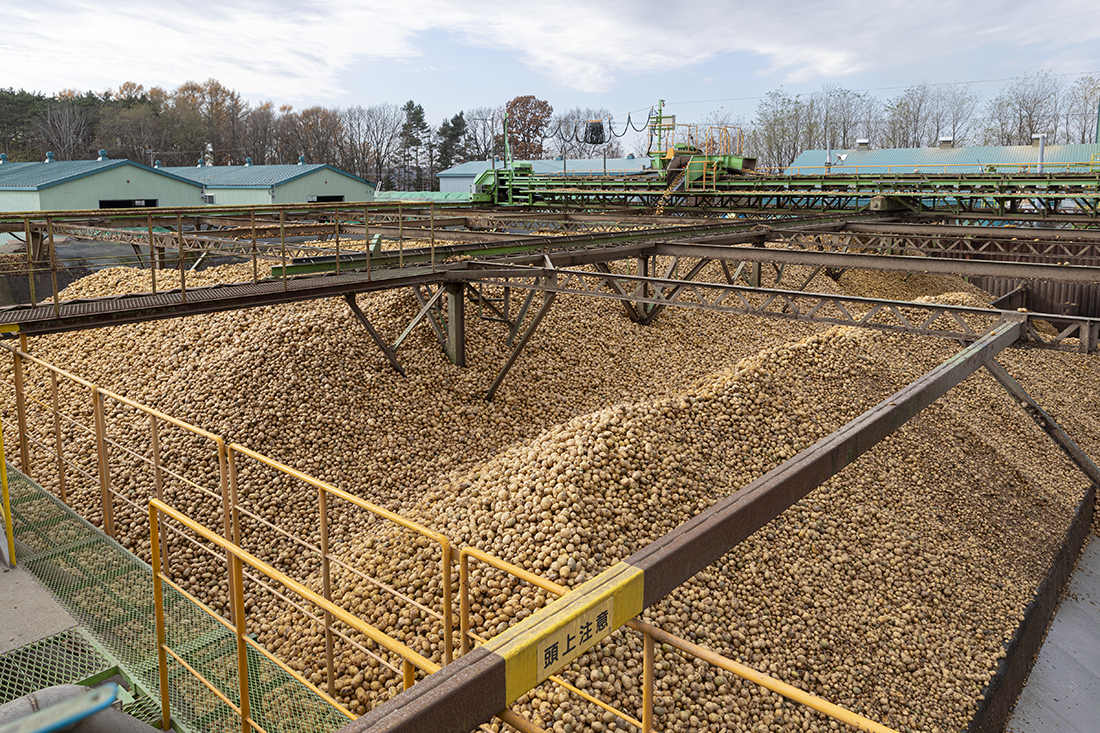 Storage facilities for potatoes (raw materials)
Storage facilities for potatoes (raw materials)
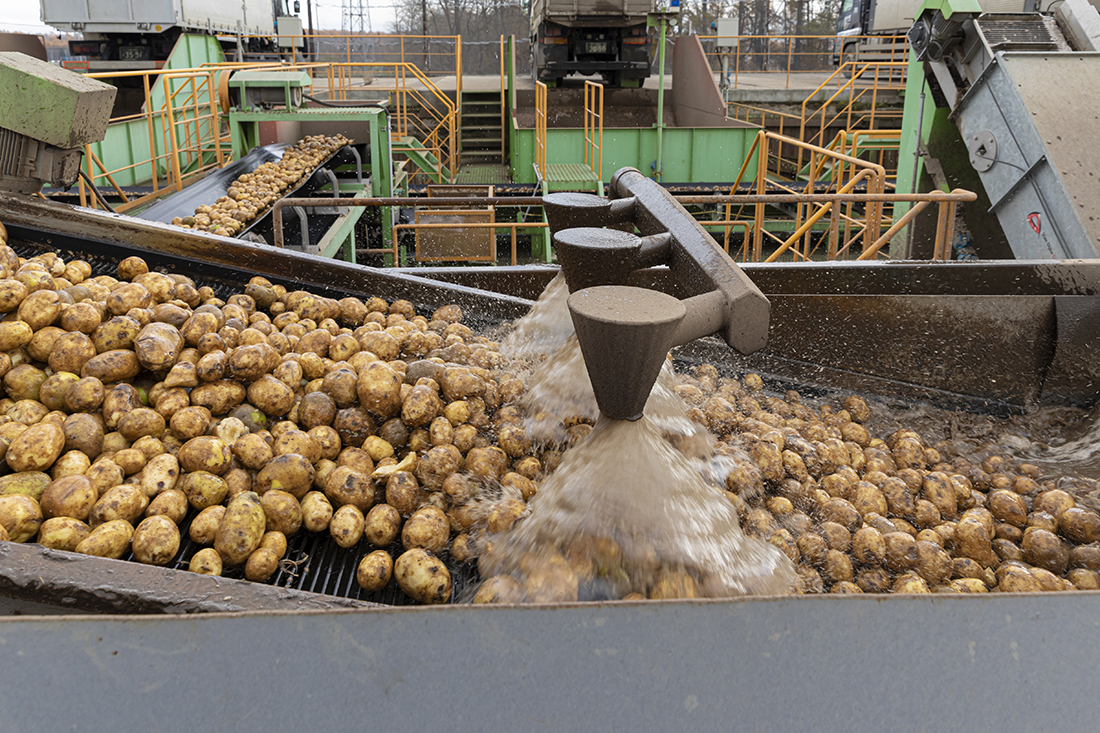 Potato intake and cleaning line
Potato intake and cleaning line
Neighboring Residents Delighted at Reduced Odor
The starch manufacturing plant is in operation for about three months per year aligning with the potato harvest, from late August to late November. After this, all water is drained before operations are stopped to keep wastewater treatment facilities from freezing during the winter. Since microorganisms inside anaerobic treatment facilities go dormant in cold wastewater, we must raise the temperature in August before the year’s operations commence to reactivate them.
The Drico wastewater treatment system was first installed in 2021, starting with a week-long trial run, with full-scale operation planned to start in September 2022. However, things did not go as planned because the wastewater from starch manufacturing plants is distinct from that of other industries. Drico continued to investigate and analyze issues until stable operation was achieved from 2023. Seasonal shutdown and startup now require less time than at initial implementation, the odor is clearly less prominent, with neighboring residents remarking that they find it far less noticeable, and even the color of the wastewater has improved.
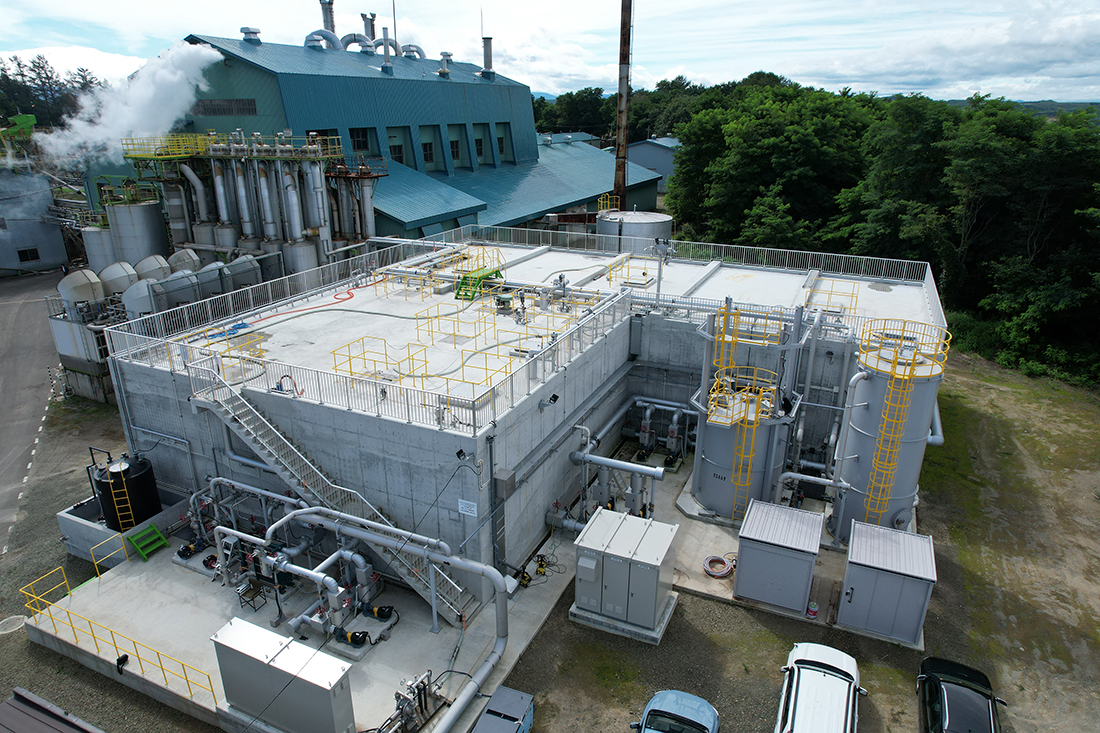 Wastewater treatment through the UASB Methane Fermentation Reactor System
Wastewater treatment through the UASB Methane Fermentation Reactor System
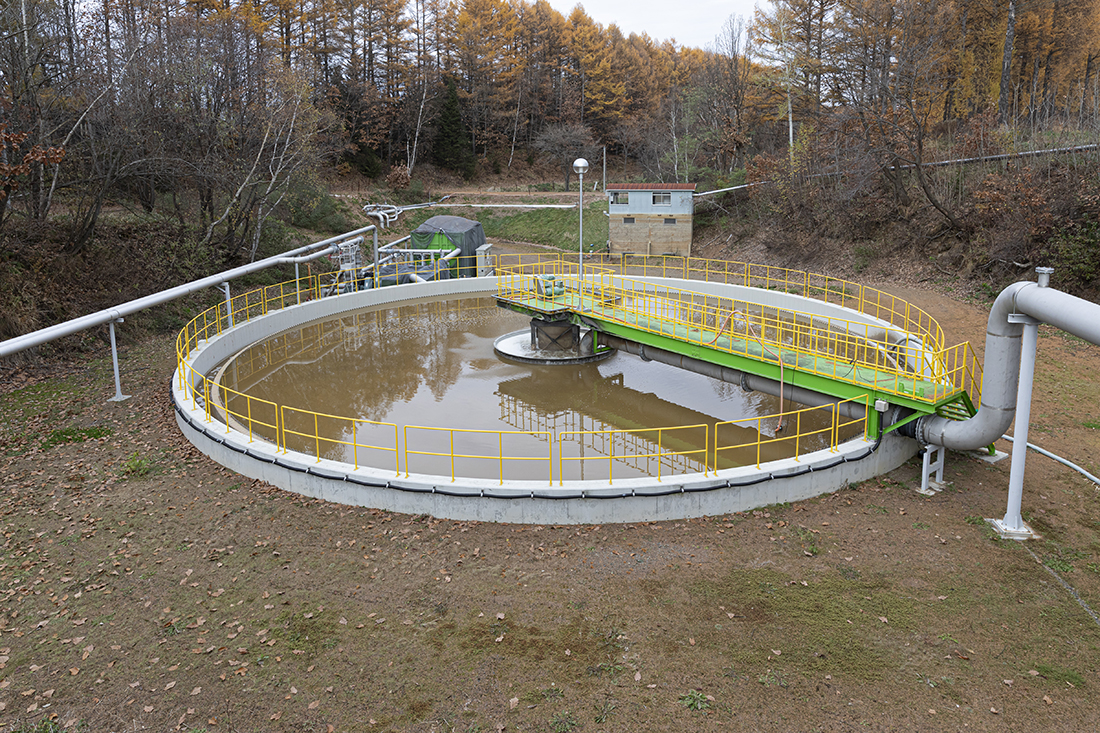 Aerobic treatment facilities (additional settling tank)
Aerobic treatment facilities (additional settling tank)
Long-term Benefits from Drico Expertise
We are working to reduce the high level of energy consumed at our starch manufacturing plant. We use the biogas generated by the Methane Fermentation Reactor System as fuel to create steam, which is then employed to heat the anaerobic treatment facilities, reducing heavy oil usage to practically nothing from September to the end of October. These kinds of energy-saving measures were only possible thanks to Drico’s extensive prior achievements that they harnessed to make it happen.
Our association was the last in Hokkaido to adopt anaerobic treatment facilities. We started with almost no understanding of these systems, but learned a significant amount from Drico, from wastewater processing analysis to facility operation. We are working toward sustainable operations, with future goals that include further environmental measures and even more streamlined and efficient operations. We expect that these, too, will be places where we can make use of Drico’s wide range of expertise, leading to even longer-term benefits.
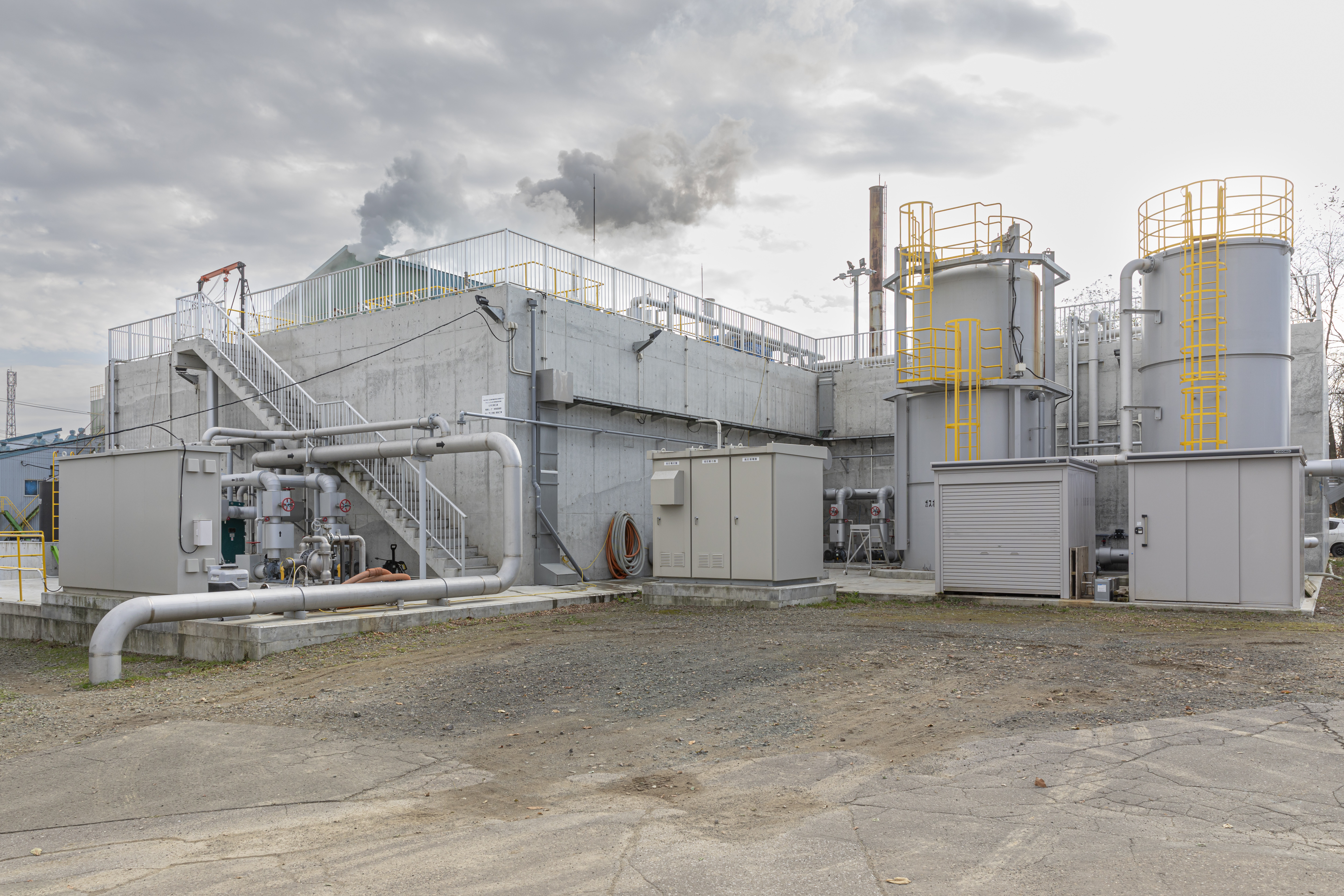 The biogas produced during methane fermentation is harnessed as fuel to create the heat that drives the anaerobic process. The cylindrical tank on the right is a desulfurization tower, and the left stores gas.
The biogas produced during methane fermentation is harnessed as fuel to create the heat that drives the anaerobic process. The cylindrical tank on the right is a desulfurization tower, and the left stores gas.
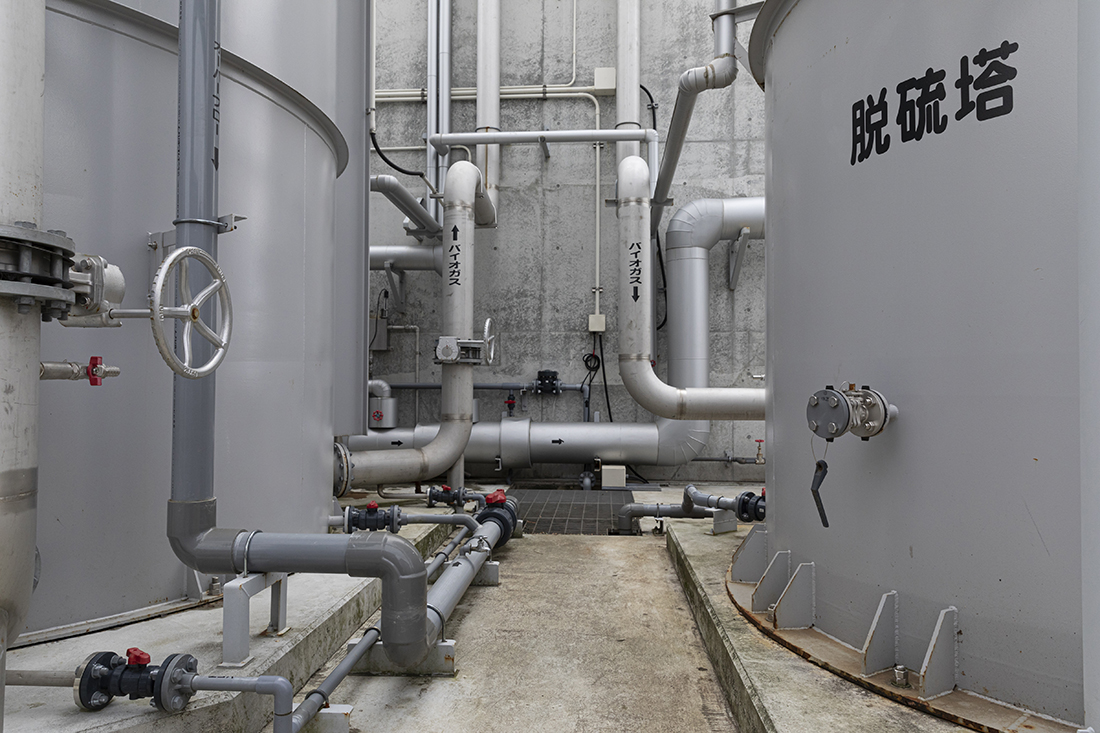
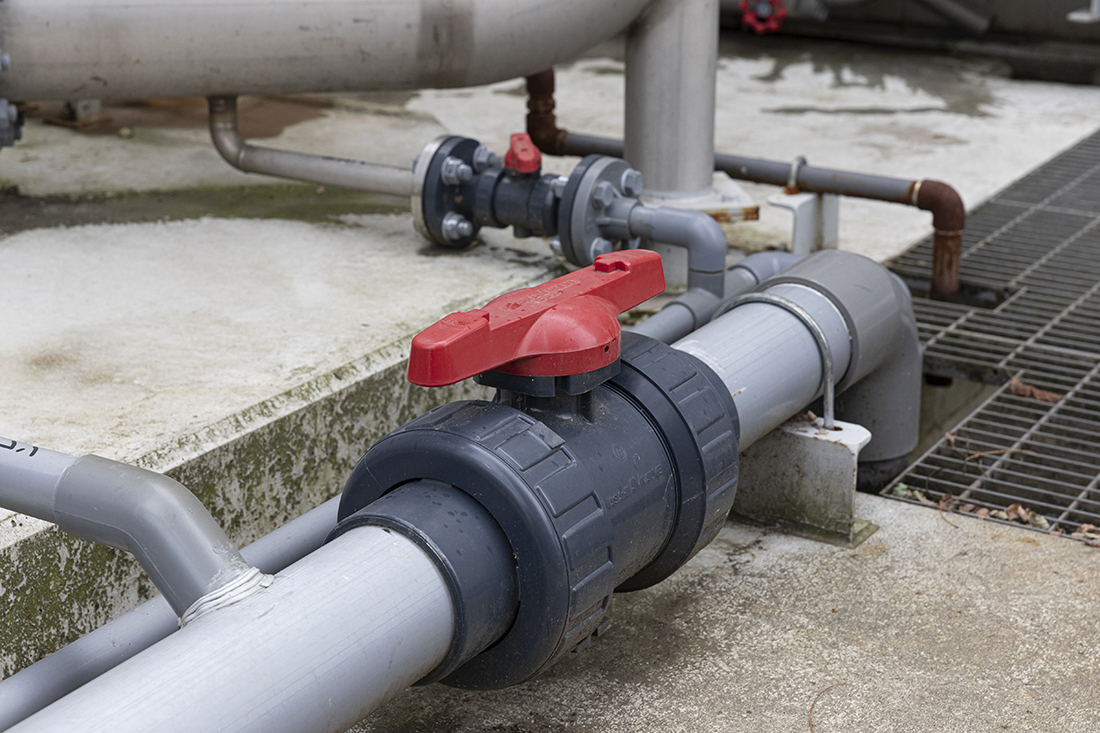 Our plastic ASAHIAV™ valves are employed in wastewater treatment facilities to prevent corrosion caused by chemicals and hydrogen sulfide
Our plastic ASAHIAV™ valves are employed in wastewater treatment facilities to prevent corrosion caused by chemicals and hydrogen sulfide